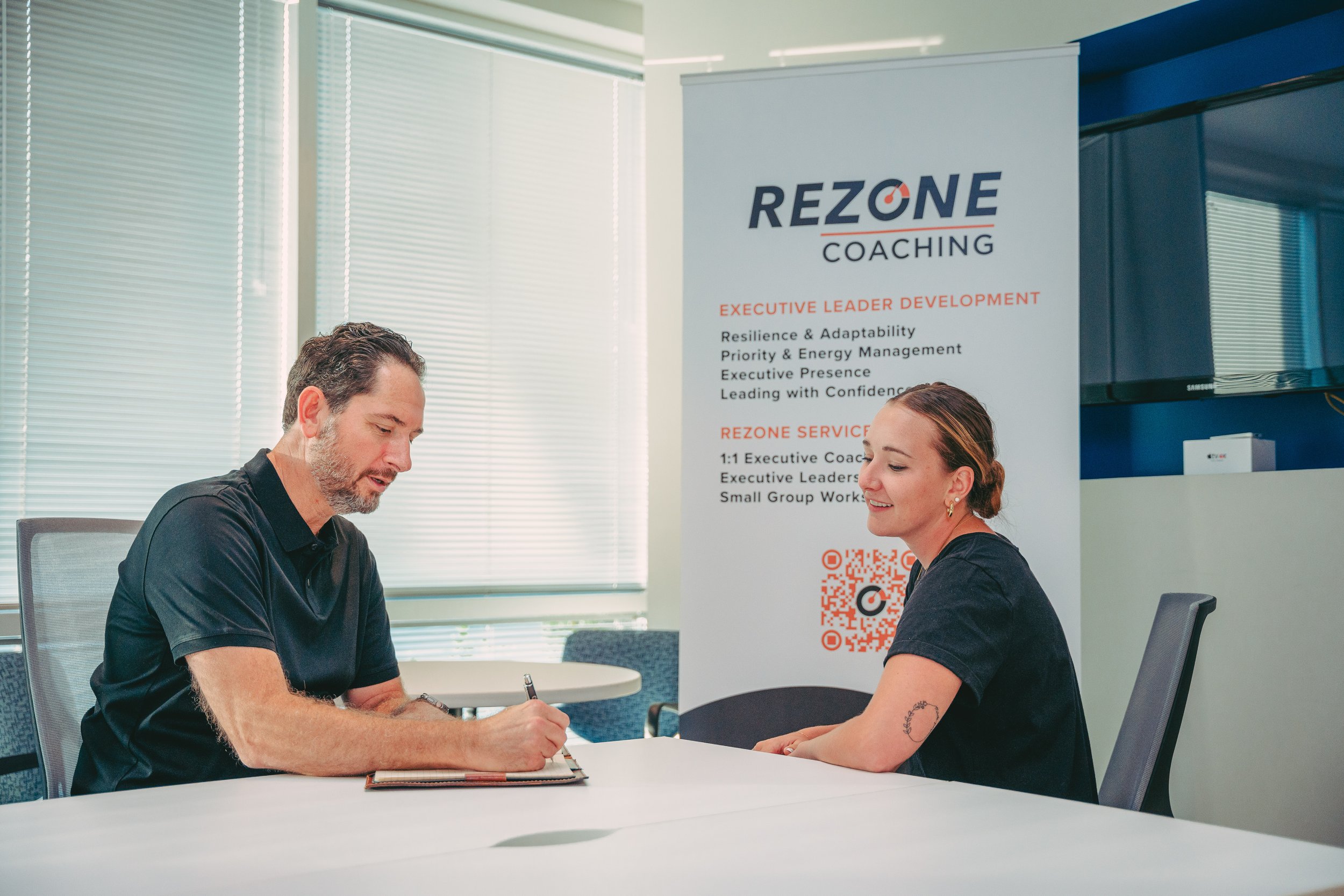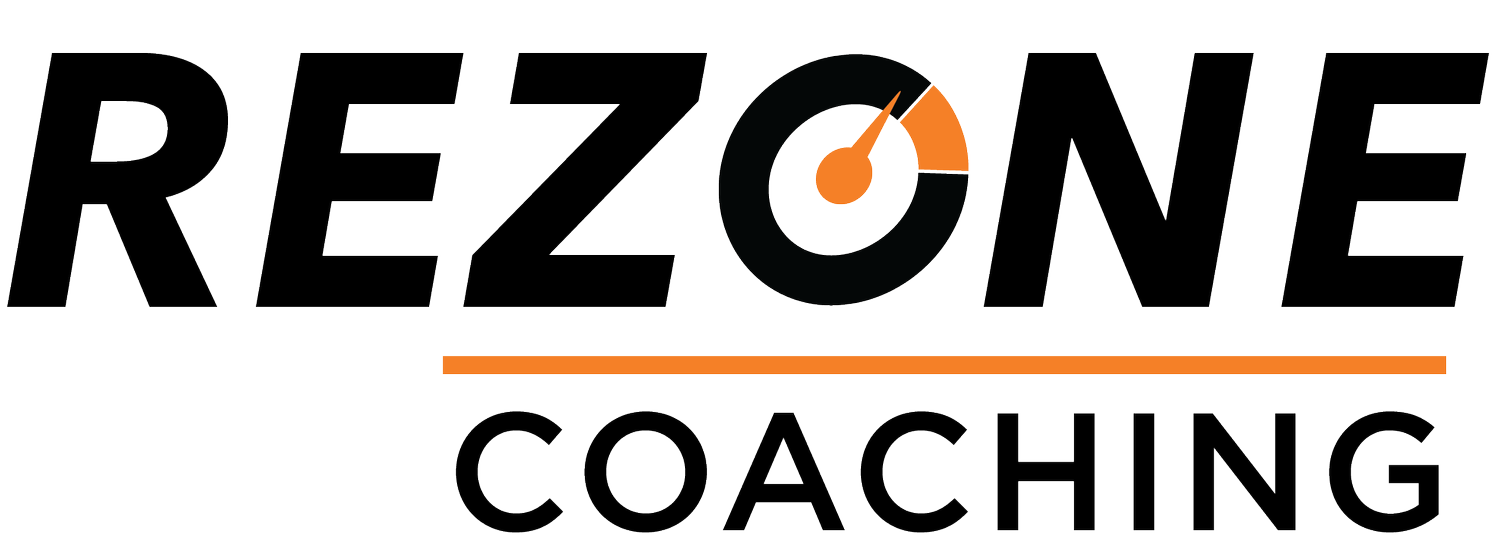
FEEDBACK & 360 ASSESSMENTS
Used correctly, targeted feedback and 360 assessments will unlock powerful insights that lead to monumental transformation.
Ever Wonder How Your Leadership Shows Up to Others?
You don’t get to see yourself lead, but everyone else does.
That’s the power of a 360-degree leadership assessment. It offers structured, anonymous feedback from the people who experience your leadership every day: your peers, direct reports, supervisors, and other stakeholders. When done right, it can reveal blind spots, validate strengths, and spark meaningful growth.
Why 360 Feedback Matters More Than You Think
Over the years, I’ve coached hundreds of senior leaders through a range of 360-degree feedback processes as part of my executive coaching and leadership development work.
I’ve continually refined my approach to focus on what actually leads to lasting change. Not all 360s are created equal. Whether using a formal assessment, live interviews, or a custom combination, the magic happens when the process is thoughtfully designed and guided with care, curiosity, and clarity.
I’ve written about my experiences in Forbes, shared insights on leadership podcasts, and lived this work alongside executives who are ready to do more than just collect feedback—they want to use it to lead more effectively.
One thing has become clear: the strongest leaders are those willing to look in the mirror—and peek behind the two-way glass. They’re not just asking for feedback. They’re looking to understand how others experience their leadership, and how to close the gap between intent and impact.
FAQs About 360-Degree Feedback
What is a 360-degree feedback assessment?
A 360-degree feedback assessment is a structured process that gathers confidential input from the people who work closely with a leader—peers, direct reports, supervisors, and other key stakeholders. The goal is to provide a full-circle view of how a leader is experienced, not just how they see themselves.
It’s important to note: I use 360s exclusively as a development tool, not for performance evaluation. In fact, I strongly advise against using 360 feedback for performance reviews. When positioned as a growth tool—not a grading tool—it creates space for honest reflection, self-awareness, and actionable insight. That’s where real leadership development happens.
Why is 360 feedback important for leaders?
Most leaders don’t get enough honest feedback—and the higher up they are, the less likely they are to hear the truth. A 360 creates a safe, structured way to surface how others are experiencing their leadership: what’s working, where there’s friction, and what might be going unnoticed.
But here’s the key: 360 feedback should never be used to evaluate performance. When raters know their input is confidential and will be used solely for the leader’s development—not shared with HR or tied to promotions or compensation—they’re far more likely to offer honest, constructive insights. That’s what makes the feedback meaningful. It creates a space for truth-telling without fear of consequence, which is essential for any real leadership growth to happen.
How is your 360 process different from off-the-shelf assessments?
My approach blends structure with substance. I use the Leadership Circle Profile (LCP360)—a gold-standard assessment built specifically for executive leaders—but I don’t stop there.
In addition to the formal tool, I conduct personal interviews with selected raters to capture deeper context and nuance that a survey alone can’t reveal. I also work closely with clients to prepare their raters ahead of time, which increases engagement and leads to more thoughtful, high-quality feedback.
It’s a highly intentional process designed to deliver insights that go beyond surface-level ratings and actually support real, lasting growth.
What happens after the feedback is collected?
This is where real transformation begins—and where many 360 processes fall short.
Hearing how others perceive your leadership can be eye-opening. Sometimes it’s validating. Sometimes it’s uncomfortable. I understand that, and I guide each leader through the SARA process—the natural progression of Surprise, Anger, Rejection (or Rationalization), and Acceptance—to help them fully digest what they’re learning without rushing to fix or defend.
We start by reviewing the feedback together in detail, unpacking patterns, contradictions, and standout comments. I create space for leaders to reflect, process, and ask the questions that matter most. We don’t gloss over tough feedback—we make it useful.
From there, we develop a strategic plan to socialize the results. That means identifying intentional follow-up conversations with key raters to deepen understanding, clarify the impact of behaviors, and begin gathering feed-forwardideas—practical suggestions for how to grow moving forward.
Ultimately, this all leads to a custom leadership development plan built around the individual’s needs, goals, and opportunities. And when possible, we reinforce that plan with mini pulse feedback check-ins, gathering fresh input from stakeholders to track progress, spot blind spots, and make meaningful course corrections.
This approach turns 360 feedback into a living leadership development tool, not just a one-time report.
Let’s Talk About Your 360 Process
Whether you’re exploring 360 feedback for yourself or your team, I’d be happy to help you think through the right approach.







